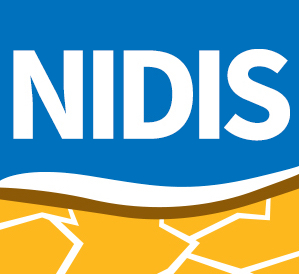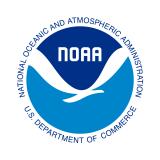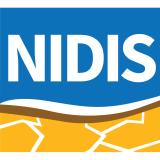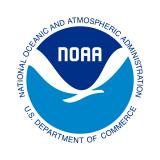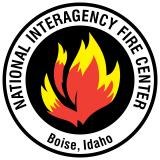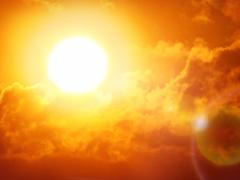Looking Ahead at Summer Drought in 2025
Across the U.S., warmer-than-normal temperatures are favored in June through August 2025. The Northwest, Northern Rockies, and Great Plains have greater chances of below-normal precipitation. The Eastern U.S. is favored to see a wetter-than-normal summer.
Parts of the Southwest and southern Texas are entering the summer in Extreme and Exceptional Drought (D3-D4). Arizona and its western border are favored to receive slightly more precipitation than normal during its summer monsoon season. However, given existing dry conditions and early runoff, seasonal forecasts favor drought persistence in the region through August. Though short-term drought conditions improved in parts of the Southern Plains, hydrologic drought in central Texas will probably need more than one good season to recover low surface and groundwater storage.
The Northern Great Plains and Northern Rocky Mountains are in Moderate to Extreme (D1-D3) Drought. Given that forecasts indicate warm and dry summer conditions, drought is expected to persist or develop across portions of all the Missouri River Basin states, with the entirety of North Dakota and Nebraska expected to be in drought. Timely spring and summer precipitation will be pivotal to avoid worsening drought conditions.
In the East, drought conditions persist in parts of the Mid-Atlantic and Southeast, especially Florida. Portions of Florida have experienced Severe Drought (D2) or worse since mid-February, but the state just entered the rainy season. Drought is expected to be removed from Florida and the rest of the Southeast during the summer. Portions of the Mid-Atlantic that have lingered in drought since 2024 are also favored to continue to improve or recover from drought.
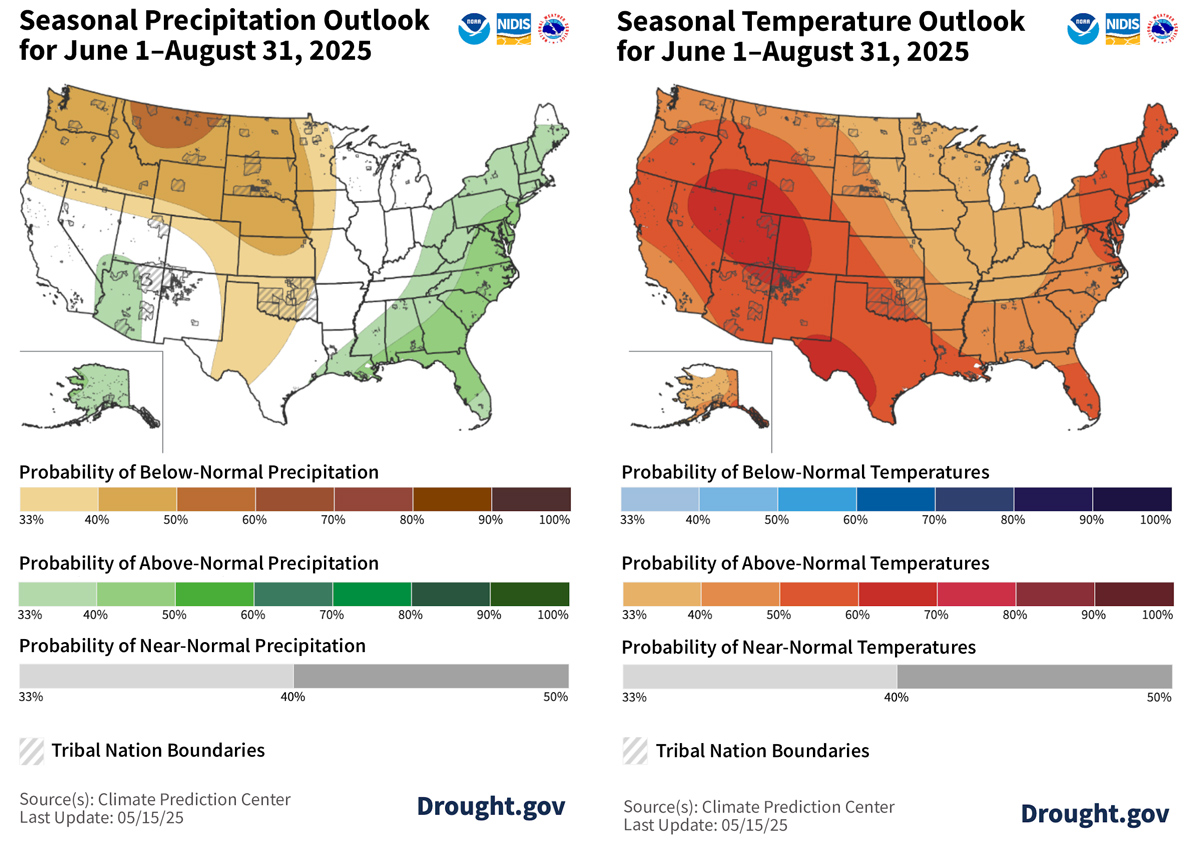
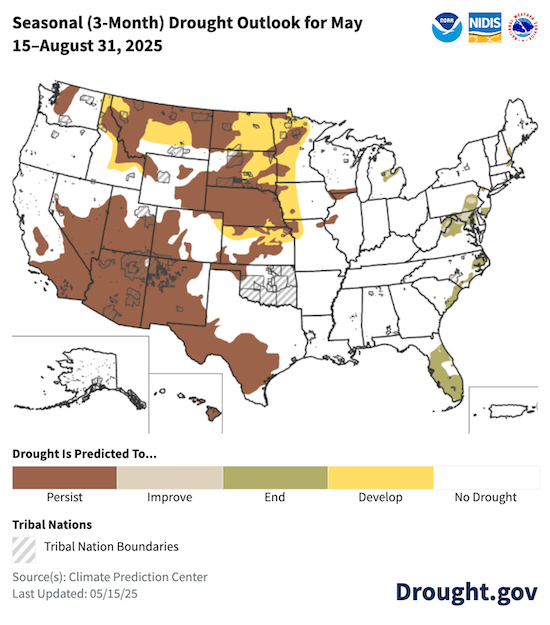
Parts of the nation have a greater likelihood of significant wildfires, according to the National Interagency Coordination Center. In June, the coastal Southeast, central Texas, the Four Corners, and parts of California and the Pacific Northwest have greater risk of fire. In July and August, risk transitions to Hawaii, the Southern Plains, and parts of the Great Basin, California, and the Northwest.
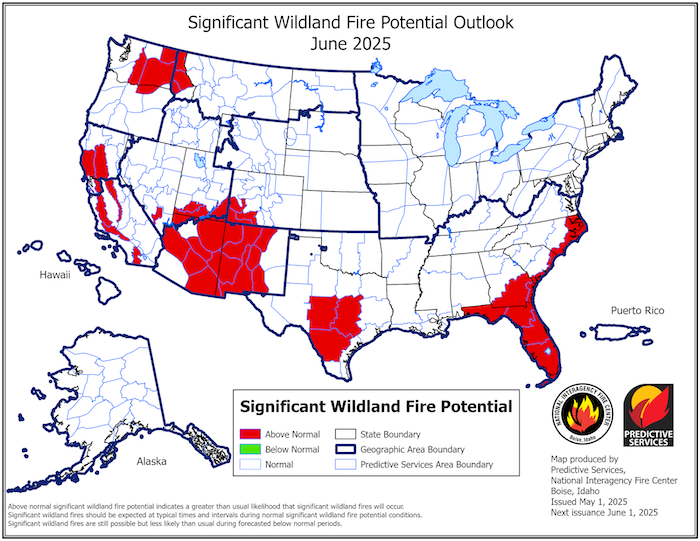
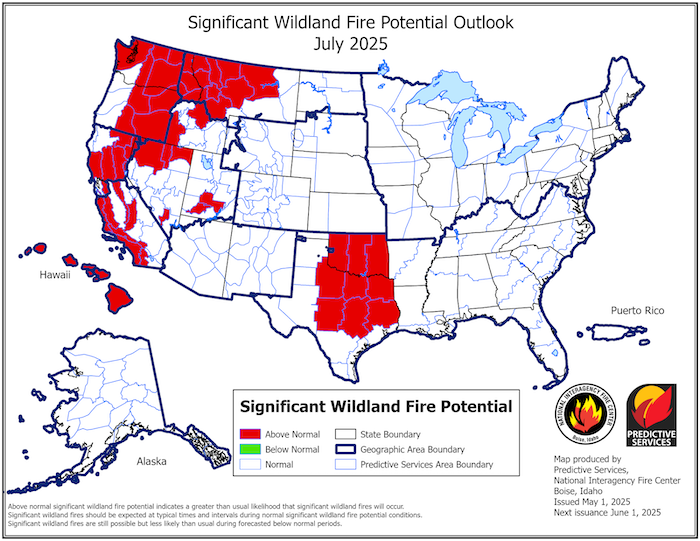
Understand Risk of Summer Drought in Upcoming Outlook Webinars
NIDIS will host three webinars in June that will examine forecasts and tools to monitor drought and wildfire risk this summer.
Southwest Drought and Wildfire Summer Outlook Webinar
Tuesday, June 3, 2025, 1-2 p.m. MT/12-1 p.m. PT
This summer’s outlook for warmer-than-normal conditions could intensify drought and wildfire conditions in the Southwest, but the monsoon may provide some potential for relief. Join the Southwest Drought and Wildfire Summer Outlook Webinar to get an update on the drought and outlook, as well as a look at the upcoming monsoon and wildland fire season. A monsoon-focused drought status update will be released later in June to provide updated southwestern conditions and outlook. Register >
Summer 2025 Drought and Fire Outlook Webinar for the Great Plains
Thursday, June 5, 2025, 12-1 p.m. CT/11 a.m.-12 p.m. MT
Knowing where drought is now and where it might form in the upcoming season can help build resilience to potential drought impacts. This webinar will provide an overview of current drought conditions from North Dakota to Texas and a look ahead at the coming summer season, including wildland fire potential. Register >
Tribal Drought Update for the Columbia and Upper Missouri River Basins
Tuesday, June 10, 2025, 2-3 p.m. CT/1-2 p.m. MT/12-1 p.m. PT
NOAA's National Integrated Drought Information System (NIDIS), the Montana Climate Office, and the Native Resilience Project will host a webinar to provide an update on drought conditions across the Columbia and Upper Missouri River Basins and demonstrate how to use the Upper Missouri River Basin Drought Indicators Dashboard. This dashboard provides the ability to view drought data at the tribal reservation level across the Pacific Northwest and Northern Plains, and is used in operational drought assessment that informs the U.S. Drought Monitor. Register >
To get notified of future NIDIS webinars—or received automated email alerts when NOAA’s Climate Prediction Center issues new drought outlooks for your location—sign up for our email lists.

